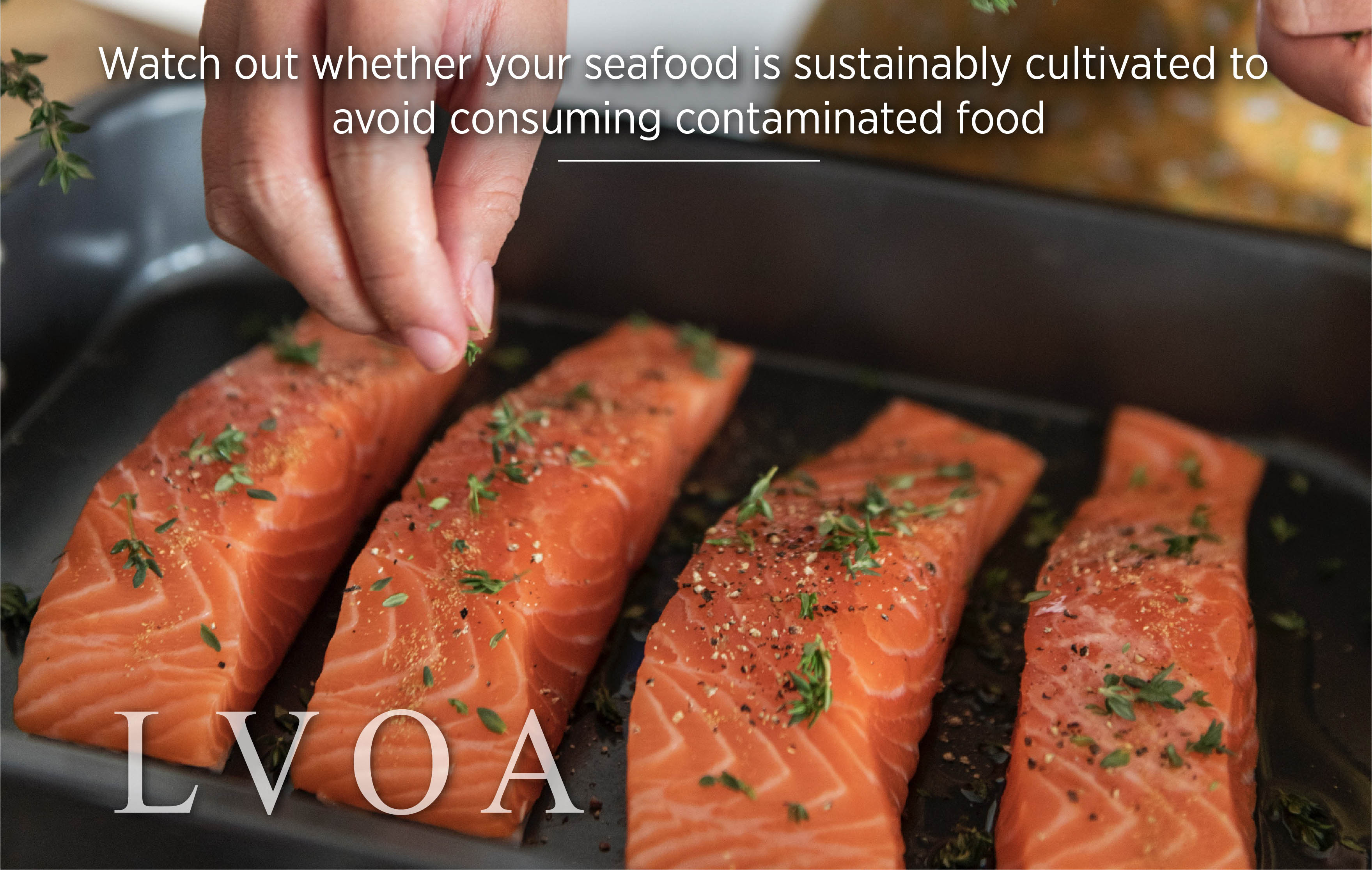As consumers become more aware of the consequences of the food choices they make, they are paying more attention to what food they consume. According to a Nielsen Study almost three in five Asian consumers say they carefully read the nutritional labels on products. Nutritional labelling has come a long way in recent years, with many countries requiring product specifics to be included on packaged foods.
Veganism on the rise
A plant-based lifestyle is growing in popularity across Asia with China’s vegan market expected to grow over 17% by 2020. In Singapore, business is booming for vegan retailers and plant-based F&B outlets.
Over in Hong Kong, 22% of the population reports practicing some form of plant-based diet, not to mention that the number of vegetarian and vegan restaurants has more than doubled in the past couple years.
In a further vote of confidence for the region, the Bill Gates-backed Beyond Meat Burger chose the city as its first international launch market after the plant-based patty’s US debut and sales are booming, more than double the projections.
Nielsen’s recent Global Ingredient and Dining-Out Report revealed that consumers across Asia want access to more natural, organic, fat free products on shelf than are available today. Some companies are moving beyond traditional food manufacturing & exploring offerings that can be used as an alternative to or alongside medication. There is already growing support for this movement, with close to two-thirds of Asian consumers agreeing superfoods provide a natural way to prevent and treat ailments.
Consumers are choosing to go back to the basics and treating ailments by consuming traditional herbs, spices and greens from the forest. Asians are more open to traditional medicines than the West which perceived these old fashioned medicine men as shamans and dukuns practising witchcraft.
Some brands are also looking to redefine themselves and are investing heavily in health science. Others are looking at functional foods that appeal to consumer segments, such as a new range of products designed specifically for cancer patients.
These examples highlight the evolution of food beyond where it is today, as well as the opportunities for manufacturers in the future.
Happy gut food
Rising awareness of the importance of ‘good bacteria’ in the gut for health has resulted in more innovation on gut friendly food like miso, kimchi and kefir. Consumers are developing an understanding of the microbiota, the huge array of micro-organisms hosted by our bodies. Your gut bacteria play an important role in overall health, and disruption to the gut flora has been linked to a number of health problems.
Gut microbes affect the way you store fat, how you balance levels of glucose in your blood, and how you respond to hormones that make you feel hungry or satiated.
Probiotics and prebiotics are becoming more widely known and probiotics are beneficial to good gut bugs, while prebiotics are food for these bacteria and you can get both by eating the right food.
Probiotics are found in fermented foods, as well as in some supplements. And prebiotics are found in certain fruits, vegetables, and whole grains, the most central prebiotic of all is fibre. Besides fermented food the best food for gut health includes dandelion greens, broccoli, asparagus, seaweed, artichoke, Mexican turnip, flaxseed, bananas, apples and garlic.
Greens taking centre plate
A growing uptake of flexitarian vegetarian and vegan diet means vegetables are becoming more than side dishes. Food innovators are increasingly developing centre plate vegetable-based products that are catching the attention of diners.
Pointing to the massive popularity of risotto bowls in the restaurant sector it is one of the new food trends that are going to become even more popular.
Healthy seafood

Widespread recognition that seafood carries health benefits has resulted in seafood as the choice for many breakfast and lunch dishes. Many restaurants have started introducing many varieties of fish and shellfish, the likes of tacos and ceviche. While there maybe advantages of eating seafood, the disadvantages weigh heavily, watch out for where the seafood comes from and whether it is sustainably cultivated to avoid consuming contaminated food.
Natural beauty matters
Thanks to rising disposable incomes, beauty-centric cultures and media headlines about the dangers lurking behind synthetic ingredients, Asian consumers are increasingly willing to spend on clean labels and natural products.
Southeast Asians prefer products made with fresh, natural and/or organic ingredients and the market for organic cosmetics is expected to be worth US$1 billion by 2020 with plenty of room to manoeuvre in a region that accounts for close to 50% of global skin care sales.
Rise of lab-grown ‘motherless’ meat
Plant-based diets are going strong in 2019 in a different way. Rather than eating meat the traditional style, there will be more lab-grown meats and related proteins that will change how you see food.
You pluck a cell or two from an animal instead of killing it, then breed it on an enormous scale, while the jury is still out on its taste, green supporters will love all the potential benefits including elimination of ranches and slaughterhouses, reduction of greenhouse gases and energy consumption.
Through a first-of-its-kind partnership, JUST will develop cultured Wagyu beef using cells from Toriyama prized cows at the foothills of Mount Akagi in Japan. Then, Awano Food Group (a premier international supplier of meat and seafood) will market and sell the meat to clients exactly the way they do today with conventionally produced Toriyama Wagyu.
Organic food boom
Chinese millennials don’t trust their government’s ability to ensure the food supply is safe as China experienced more than half a million food safety violations in first half of 2016 alone. The digital generation now focuses on quality brands with verified supply chains and food startups to meet the demand and organic plays right into the mindset. China has become one of the world’s largest importers of organic food products.
On the export side, India boasts the world’s highest concentration of organic producers. Across Asia, two thirds of Asian consumers believe in superfoods for treating ailments. Thailand is a market to watch, with strong recent domestic demand for healthy food and a large range of innovative local brands, while Indonesia and Vietnam also have established consumer bases. Thailand also leads the way in dairy alternatives, and recent launches include a sweet corn milk from Farmmy and a matcha green tea-flavoured coconut milk from Milky Coco. This is all only the start of it!
If you like what you just read click follow Larry Van Ooyen Associates Ltd and stay tuned for more articles from our Associates..







